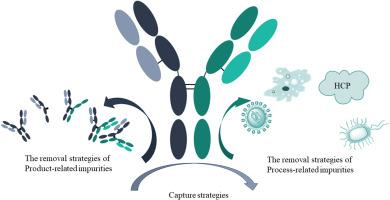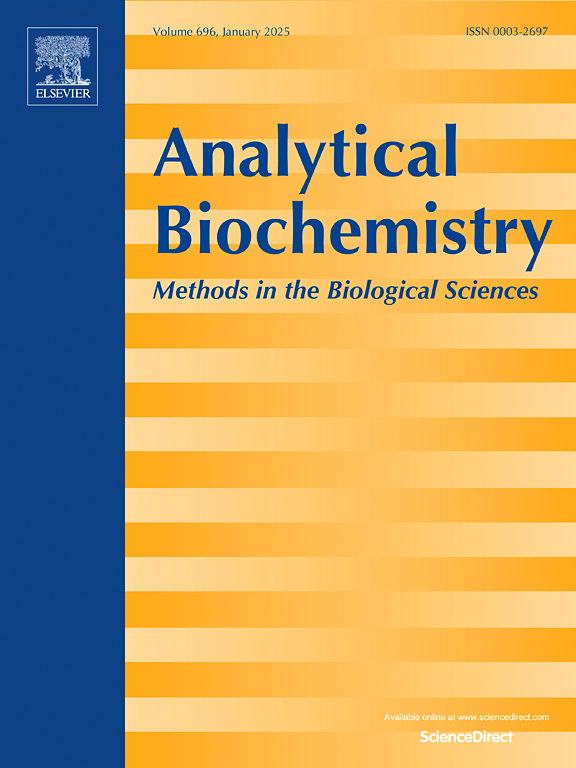双特异性抗体的下游纯化。
IF 2.6
4区 生物学
Q2 BIOCHEMICAL RESEARCH METHODS
引用次数: 0
摘要
双特异性抗体是一类治疗性抗体,可同时与两个不同的靶点结合。与单特异性抗体相比,双特异性抗体具有疗效更佳、副作用更小等优点。然而,由于其结构复杂,双特异性抗体的纯化极具挑战性。纯化过程必须在纯度和产量之间取得微妙的平衡,既要剔除各种杂质,包括与产品和工艺相关的杂质,又要尽可能提高产量。本综述系统地阐述了双特异性抗体捕获、消除产品相关杂质和减少工艺相关杂质形成的策略,从而为双特异性抗体下游纯化工艺的开发提供指导。本文章由计算机程序翻译,如有差异,请以英文原文为准。

The downstream purification of bispecific antibodies
Bispecific antibodies, a class of therapeutic antibodies, can simultaneously bind to two distinct targets. Compared with monospecific antibodies, bispecific antibodies offer advantages, including superior efficacy and reduced side effects. However, because of their structural complexity, the purification of bispecific antibodies is highly challenging. The purification process must strike a delicate balance between purity and productivity, eliminating a broad spectrum of contaminants, including product-related and process-related impurities, while also maximizing the yield wherever feasible. This review systematically describes the strategies for bispecific antibody capture, the elimination of product-related impurities, and the mitigation of the formation of process-related impurities, thereby, providing guidance for the development of downstream purification processes for bispecific antibodies.
求助全文
通过发布文献求助,成功后即可免费获取论文全文。
去求助
来源期刊

Analytical biochemistry
生物-分析化学
CiteScore
5.70
自引率
0.00%
发文量
283
审稿时长
44 days
期刊介绍:
The journal''s title Analytical Biochemistry: Methods in the Biological Sciences declares its broad scope: methods for the basic biological sciences that include biochemistry, molecular genetics, cell biology, proteomics, immunology, bioinformatics and wherever the frontiers of research take the field.
The emphasis is on methods from the strictly analytical to the more preparative that would include novel approaches to protein purification as well as improvements in cell and organ culture. The actual techniques are equally inclusive ranging from aptamers to zymology.
The journal has been particularly active in:
-Analytical techniques for biological molecules-
Aptamer selection and utilization-
Biosensors-
Chromatography-
Cloning, sequencing and mutagenesis-
Electrochemical methods-
Electrophoresis-
Enzyme characterization methods-
Immunological approaches-
Mass spectrometry of proteins and nucleic acids-
Metabolomics-
Nano level techniques-
Optical spectroscopy in all its forms.
The journal is reluctant to include most drug and strictly clinical studies as there are more suitable publication platforms for these types of papers.
 求助内容:
求助内容: 应助结果提醒方式:
应助结果提醒方式:


